Black Europe
Although I have made no attempt to definitively document the cultures of the people that I met on my travels, and would not even begin to try and list those that have influenced the concept of Europe, the lack of mention of African culture in Europe is perhaps a major omission.
Christianity defines the concept of Europe, and Jesus and his mother, would of course have been dark skinned, a fact reflected in Byzantine religious art, as were many of the early bishops of the church, such as St. Augustine and two popes. There was no difficulty with this at the time, as the stigma associated with being dark-skinned, is in fact, quite a modern invention; a necessity required by the slave trade.
Bristol, I am ashamed to say, was at the heart of this, becoming one of the biggest centres of the transatlantic slave trade between 1725 and 1740, when it is estimated that profits of 5-20% were made from the trading of black slaves. One estimate suggests that over 500,000 Africans were brought into slavery by Bristol traders. By the 1730s, an average of 39 slave ships left Bristol each year, and between 1739 and 1748, there were 245 slave voyages from Bristol.
People tend to associate the origin of Afro-Europeans with the beginning of the trade, but the history of Africans in Europe goes back much further, to Roman times when Auxillary Troops were routinely recruited from Africa, and merchants from the continent travelled the world. There are many illustrious figures in Roman society that were black, including the emperor Septimius Severous who was born in Libya and Emperor Apuleius who came from North Africa.
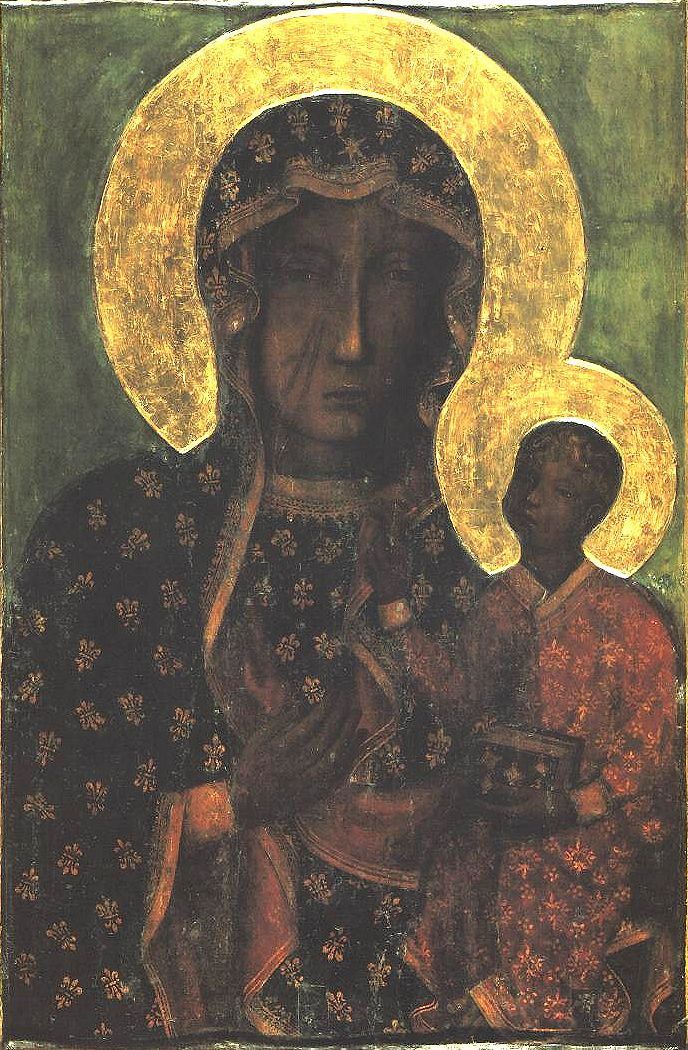
The Black Madonna Of Czestochowska (326 AD.)
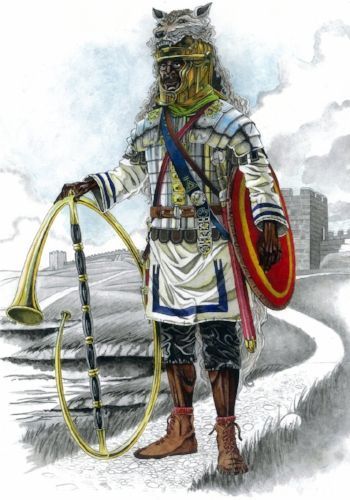
Black Auxillary Troops in the Roman Army
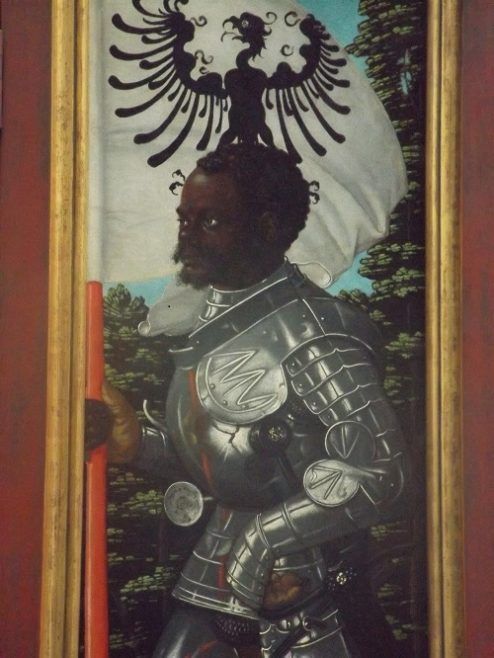
Saint Maurice
(Patron Saint of the Holy Roman Empire)
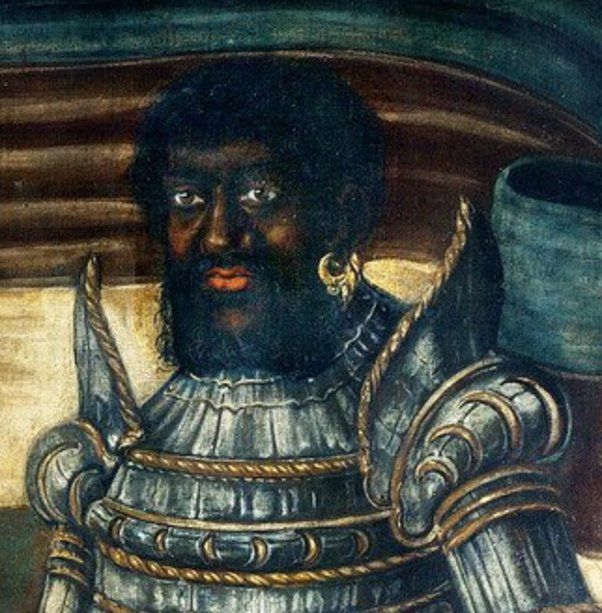
The Elector Of Saxony painted as St Maurice
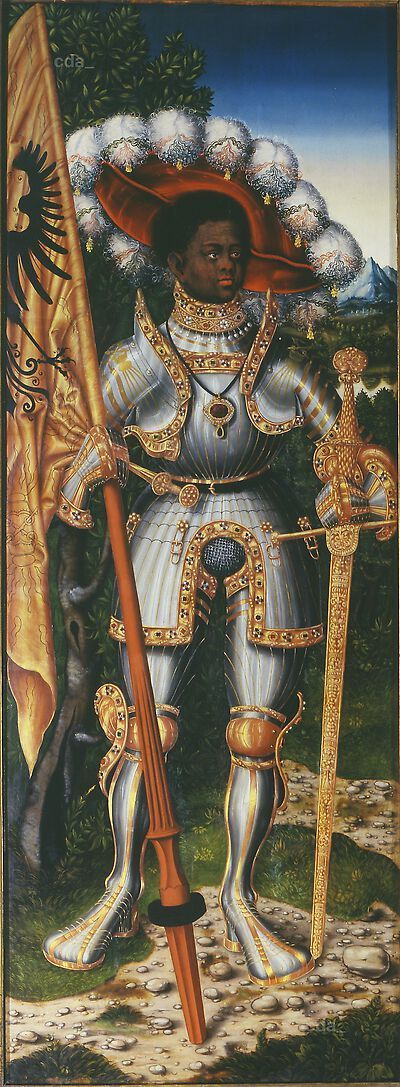
St. Maurice as depicted on an altarpiece in 1529
The Moriscos and the Saracens were always prized for their fighting ability. After initially resisting Islam, large numbers of African troops were recruited by Arabic forces being a major factor in the success of the Almohad Empire.
In July 710, the Berber commander Ṭāriq ibn Ziyād, recruited 400 foot soldiers and 100 horsemen, all African, and successfully carried out a raid in southern Iberia, creating a beachhead that allowed for the conquest of Spain. Tarif, an important port city in southern Spain, is named after him, as is Gibraltar.
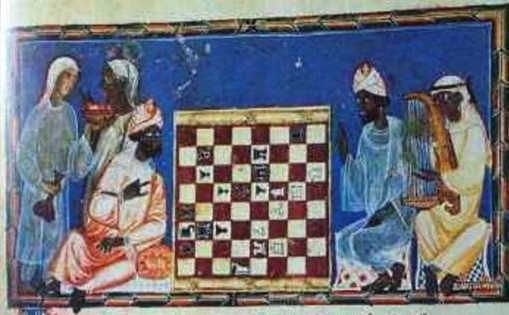
Moors at the Spanish court. (10th Century Painting)
Note their expensive "High-Status" clothes.
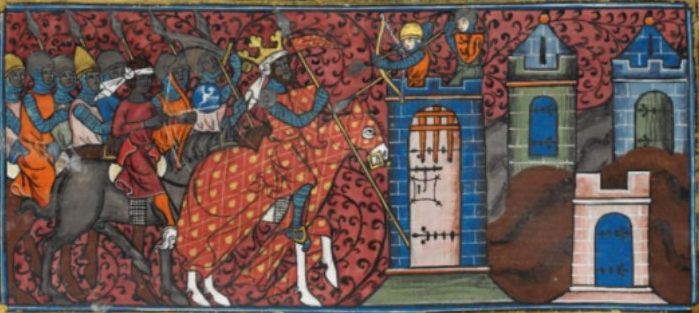
Black Knights at the gates of Jerusalem (13th Century)
Eventually driven out of Spain, the Moors were welcome at Europe's courts, respected for both their knowledge and military prowess. There are numerous references to "Black" knights defending Christianity's borders in the East and throughout the crusades.
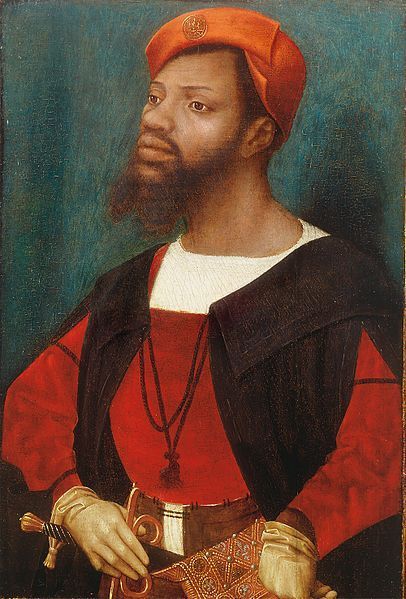
Jan Mostaert's Moorish Nobleman (15th Century)
There are numerous accounts of famous Africans at the Tudor court, including Diego the Navigator, Jaques Francis the canon specialist and salvage diver, and the musician John Blanke. Novelties they undoubtedly were, but they were treated as equals and given opportunities accordingly. Both King James and Elizabeth I kept African body guards and maids in waiting. In Jan Mostaert's masterpiece (above), we see this gentleman holding a sword and wearing expensive gloves and dyed clothes, undoubtedly signs of significant wealth.
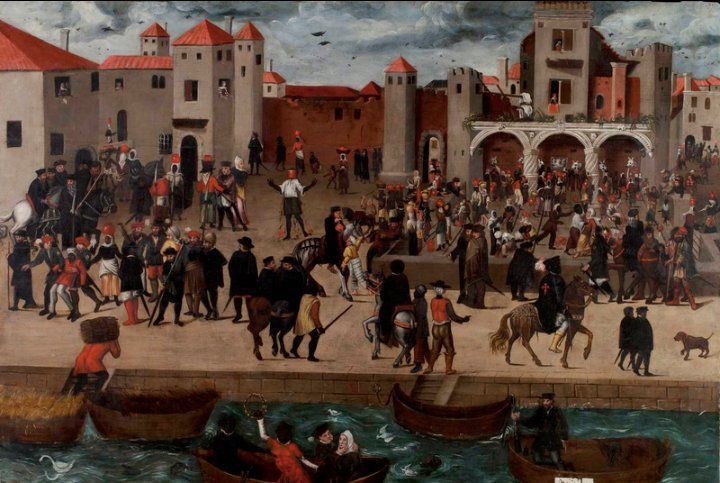
Bronzino's Chafariz d'El-Rey (16th Century)
This scene, "The King's Fountain" in Lisbon, Portugal shows black traders and Knights, one in the costume of the "Order of Santiago", going about their business in the capital. Its a scene depicting globalisation and the open-minded order of the day. Painted in the late sixteenth century, this scene would become impossible two-hundred years later.
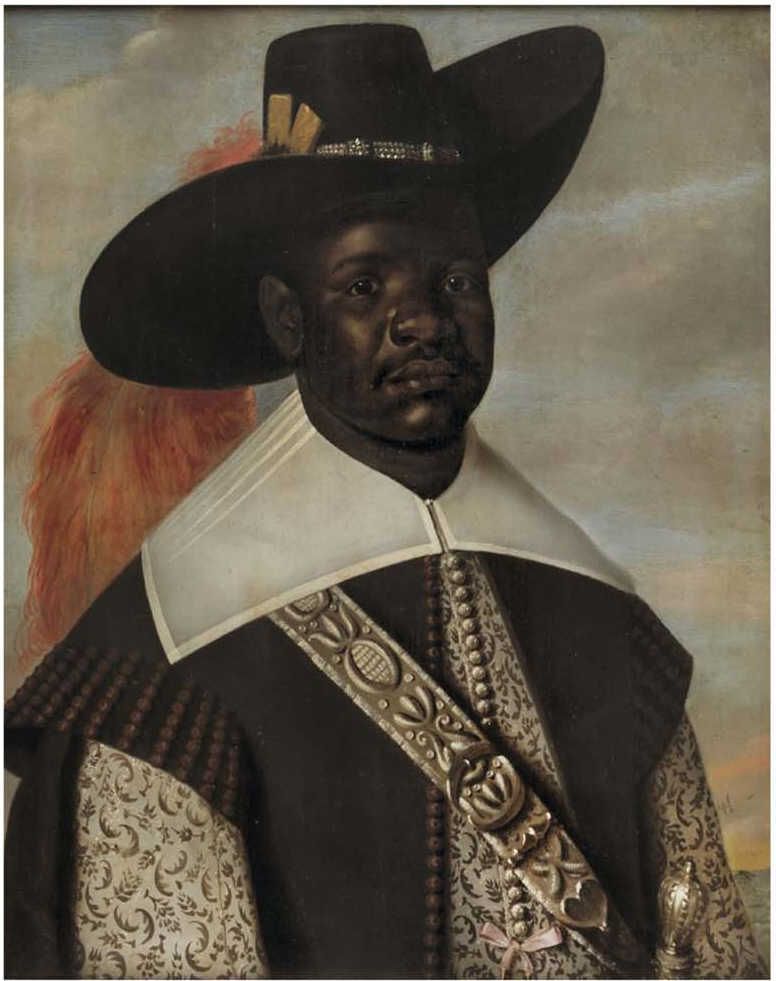
As Portugal & Holland began to open up colonies many "Black" businessmen grew rich trading in coffee, sugar and spices. As with the British in India, landowners began to inter-marry with the locals creating whole classes of mixed colour entrepreneurs. Slowly but surely this evolved to also include the trade in human lives.
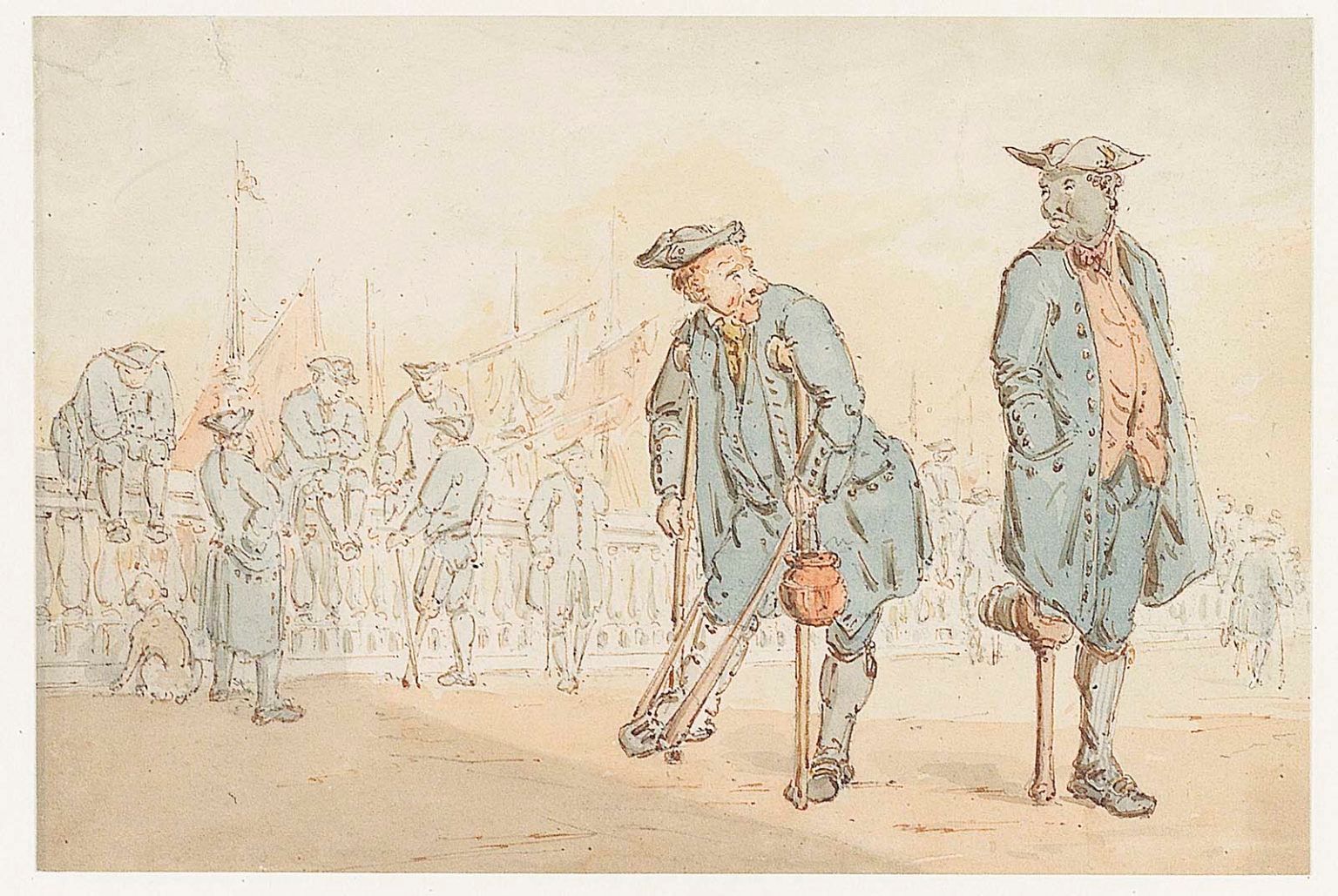
John Thurston's Chelsea Pensioners (Late 18th Century)
As the size of Britain's military forces grew, so did the number of Black servicemen. Nelson (himself a slave owner) recruited heavily from their ranks "respecting" them for their "physical prowess, intelligence and loyalty". Greenwich Pensioners were public figures in their blue or red uniforms and residing at the Royal Naval college was a privilege. Yet at the start of the nineteenth century nearly ten percent of them were dark skinned, coming from Jamaica, Barbados or Suriname.
When Britain was the largest trafficker of human lives on the planet – the Royal Navy was the largest employer of Black labour.
Approximately 20,000 people living in Britain were classified as "Negros" at the turn of the nineteenth century.

Black literature begins in Europe in the middle of the eighteenth century, slightly behind America, as ex-slaves like Olaudah Equiano and Ignatius Sancho began to write about their experiences. In America it starts with the poetry of the literary prodigy Phillis Wheatley, who was better received as she wrote less about slavery and thanked her "rescuers". Sancho, went on to open a bookshop of his own in 1803, a man after my own heart.
Africa's influence on European music needs no further coverage, but its impact on European art is less well known.
In France, Henri Matisse, Pablo Picasso, and their School of Paris friends blended the highly stylized treatment of African masks and sculptures of the human figure with painting styles derived from the post-Impressionists such as Cézanne and Gauguin. The resulting pictorial flatness, vivid colour palette, and fragmented shapes became the hallmarks of Cubism and went on to define early modernism. Matisse, an inveterate museum browser, embarked on a trip to North Africa in 1906. The African influence of colours and masks can clearly be seen in his subsequent reworking of his painting "The Young Sailor", below. African masks and statues also heavily influenced Weber, a student of Picasso, Paul Klee, and Ex-Dadaist George Grosz.
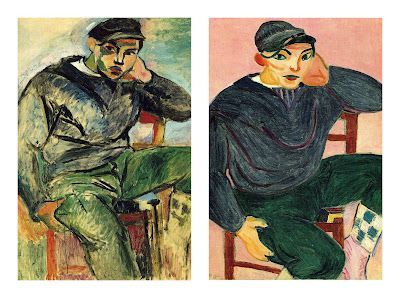
Henri Matisse "The Young Sailor"
Original & Post African Tour Versions


